How Much Does a Luncheon Meat Canning Production Line Cost?
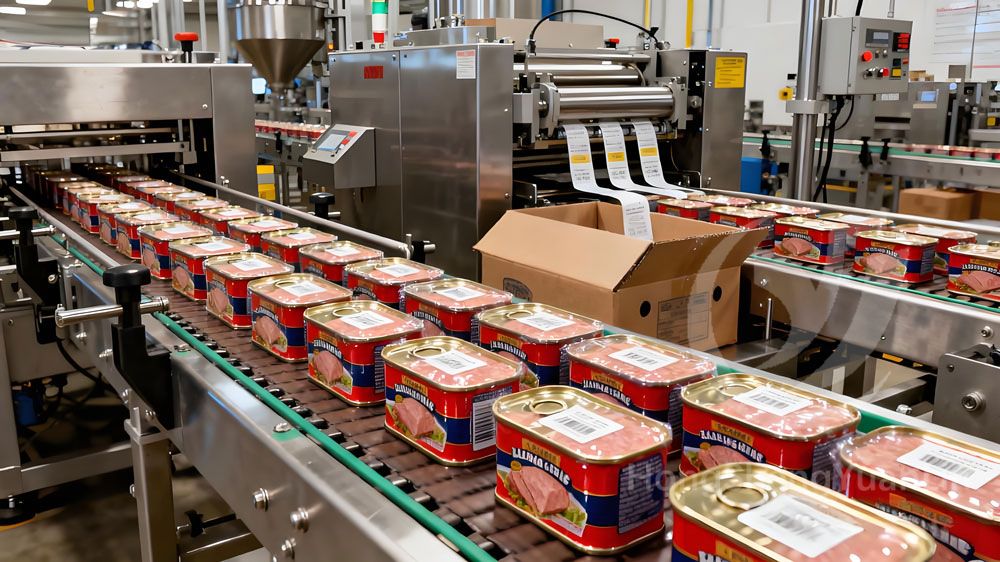
1. Introduction: Why Luncheon Meat Canning Lines Are in High Demand
The global demand for luncheon meat has been steadily increasing thanks to modern consumers’ preference for convenient, protein-rich, and long-shelf-life food products. From classic pork luncheon meat to beef, chicken, or mixed-meat variants, food processors worldwide are investing in automated canning production lines to improve efficiency, hygiene, and output stability.
As inquiries for canned meat equipment grow, one of the most frequent questions investors ask is:
👉 “How much does a full luncheon meat canning production line cost?”
This article provides a detailed answer — breaking down the equipment price, configuration options, automation levels, ROI analysis, and manufacturer comparison to help food processing businesses make informed investment decisions.
2. What Is a Luncheon Meat Canning Production Line?
A luncheon meat canning production line is a complete automated system that converts raw meat into sterilized, sealed, and labeled canned products. It integrates multiple processes — including grinding, mixing, filling, sealing, sterilization, cooling, and packaging — to ensure product safety and consistency.
Key Functions:
Cutting and grinding fresh or frozen meat
Mixing meat with seasonings and additives
Filling and sealing cans under vacuum conditions
Sterilizing cans to achieve shelf-stable safety
Cooling, labeling, and packaging finished cans
Main Applications:
Pork luncheon meat
Chicken luncheon meat
Beef luncheon meat
Mixed meat or vegetable-meat cans
3. Equipment List and Price Breakdown
A full luncheon meat canning production line includes multiple sections. The following table summarizes the main equipment, their functions, and reference price ranges:
| Process | Main Equipment | Function | Price Range (USD) |
|---|---|---|---|
| Raw Meat Preparation | Meat grinder, cutter, bowl chopper | Cutting and mincing meat | $5,000 – $10,000 |
| Mixing & Seasoning | Vacuum mixer, emulsifier | Blending meat and seasonings | $8,000 – $15,000 |
| Filling Section | Vacuum filler, piston filler | Filling meat paste into cans | $10,000 – $25,000 |
| Sealing Section | Vacuum seaming machine | Airtight sealing | $8,000 – $18,000 |
| Sterilization | Steam retort / autoclave | Killing bacteria, extending shelf life | $15,000 – $40,000 |
| Cooling Section | Cooling tunnel, air dryer | Cooling and drying cans | $5,000 – $10,000 |
| Labeling & Packaging | Labeling machine, carton packer | Product identification and outer packaging | $6,000 – $15,000 |
💰 Estimated Total Price Range
Small semi-automatic line: $50,000 – $80,000
Medium automatic line: $120,000 – $250,000
Large fully automatic line: $300,000 – $500,000+
Prices may vary depending on the manufacturer, level of automation, material grade (304 vs. 316 stainless steel), and optional configurations.
4. Key Factors Affecting the Price
1️⃣ Production Capacity
Higher output lines (e.g., 10,000 cans/hour) require more powerful machines, larger sterilization systems, and stronger automation control — directly increasing cost.
2️⃣ Automation Level
Semi-Automatic Line: Partial manual work, lower initial cost, flexible for multi-product use.
Fully Automatic Line: Integrated PLC systems, minimal human intervention, higher investment but greater efficiency.
3️⃣ Material & Build Quality
304 Stainless Steel: Standard food-grade, cost-effective.
316 Stainless Steel: Premium corrosion resistance, preferred for export-quality plants.
4️⃣ Product Type
Chunked meat, emulsified paste, or mixed recipes affect filling equipment choice and configuration.
5️⃣ Manufacturer’s Expertise
Brands with extensive engineering experience provide better integration, installation, and after-sales support, often leading to higher upfront but lower lifetime costs.
5. How to Choose the Right Automation Level
| Automation Type | Description | Recommended For | Investment Level |
|---|---|---|---|
| Full Automatic | Complete PLC control, high efficiency, consistent output | Large-scale factories | $$$$ |
| Semi-Automatic | Manual feeding, automatic filling/sealing | Small & medium businesses | $$ |
| Modular/Hybrid | Upgradable sections for future capacity expansion | Growing enterprises | $$$ |
Decision Factors:
Target output (cans/day)
Budget and financing plan
Available skilled operators
Factory space and layout design
💡 Tip: Choose an automation level that balances your budget and production goals — not necessarily the most expensive system.
6. ROI Analysis: Profitability and Payback
Investing in a canning line is not just about cost — it’s about return. Here’s a simplified example:
| Item | Value |
|---|---|
| Investment | $200,000 |
| Daily Output | 10,000 cans |
| Net Profit per Can | $0.15 |
| Monthly Operating Days | 25 |
| Monthly Profit | ≈ $37,500 |
| Payback Period | 6–9 months |
Long-Term Benefits
25–40% labor cost reduction
Higher yield and product consistency
Compliance with HACCP, GMP, and ISO22000 standards
Brand reputation improvement for export markets
7. Global Manufacturer Comparison
| Region | Characteristics | Strength | Price Level |
|---|---|---|---|
| China | Customizable, high cost-efficiency | Fast delivery, turnkey solutions | $$ |
| Europe | Advanced automation, precision engineering | Premium quality, energy efficiency | $$$$ |
| USA/Japan | Innovation, strong brand trust | Stable, robust systems | $$$$ |
For most global buyers, China-made luncheon meat production lines offer the best balance between price, quality, and technical customization.
8. Installation, Operation & After-Sales Service
A reliable supplier provides complete lifecycle support, including:
On-site installation & commissioning (30–45 days typical)
Operator training (safety + operation)
Regular maintenance schedules
Remote troubleshooting & spare parts supply
Maintenance Tip:
Regular cleaning, lubrication, and calibration can extend the system lifespan beyond 10–15 years.
9. FAQs — Luncheon Meat Production Line Questions
Q1: How much does a full luncheon meat canning line cost?
A: Depending on production capacity and automation, prices range from $50,000 to $500,000+.
Q2: What’s included in the full set of equipment?
A: Meat processing machines, mixers, fillers, seamers, sterilizers, cooling units, labeling and packaging systems — plus conveyors and control cabinets.
Q3: Can the same line produce different types of canned meat?
A: Yes, with recipe adjustments and compatible filling systems, one line can process pork, beef, or chicken luncheon meat.
Q4: What’s the average payback period?
A: Most investors achieve ROI within 6–12 months, depending on output and sales price.
Q5: What’s the difference between full and semi-automatic lines?
A: Full-automatic lines minimize manual labor and increase precision, while semi-automatic systems are budget-friendly and suitable for smaller operations.
Q6: How long does it take to install the equipment?
A: Installation and commissioning typically take 30–45 days after delivery.
Q7: Do manufacturers offer turnkey solutions?
A: Yes, many suppliers (especially in China) provide turnkey project services — from design, manufacturing, and installation to operator training.
Q8: How can I get an accurate quotation?
A: Provide your product type, target capacity (cans/hour), packaging size, and automation preference — the supplier will send a detailed quotation and layout plan.
Q9: What certifications are required for export markets?
A: Machines should meet CE, ISO9001, and food-contact standards for global compliance.
Q10: What’s the expected service life of the equipment?
A: With proper maintenance, a complete production line can operate efficiently for 10–15 years.
10. Conclusion: Smart Investment for Sustainable Growth
A luncheon meat canning production line is a long-term strategic investment that enhances productivity, consistency, and compliance. While prices vary between $50,000 and $500,000+, the right configuration can bring rapid payback through efficiency gains and quality improvement.
To summarize:
✅ Small semi-auto line: $50K–$80K
✅ Medium automatic line: $120K–$250K
✅ Large full-auto line: $300K–$500K+
✅ ROI: 6–12 months
The best production line isn’t the most expensive — it’s the one that fits your product goals, budget, and capacity needs.
Call to Action
📩 Looking to set up your luncheon meat canning factory?
Contact our engineering team for a customized quotation and layout design that matches your production goals and investment budget.
Must-Read Blogs For Chain Restaurants Owner


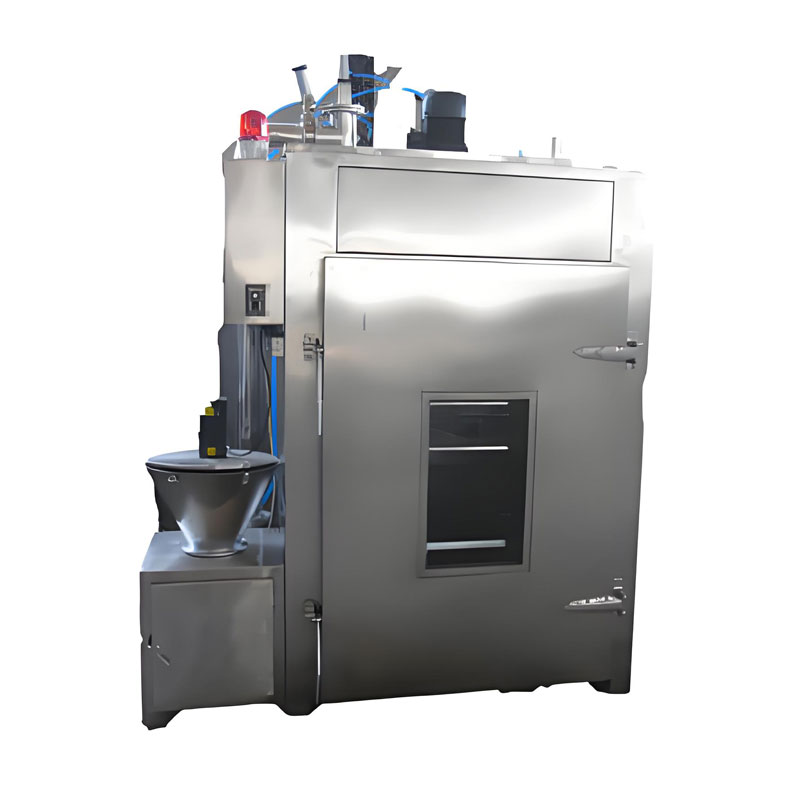
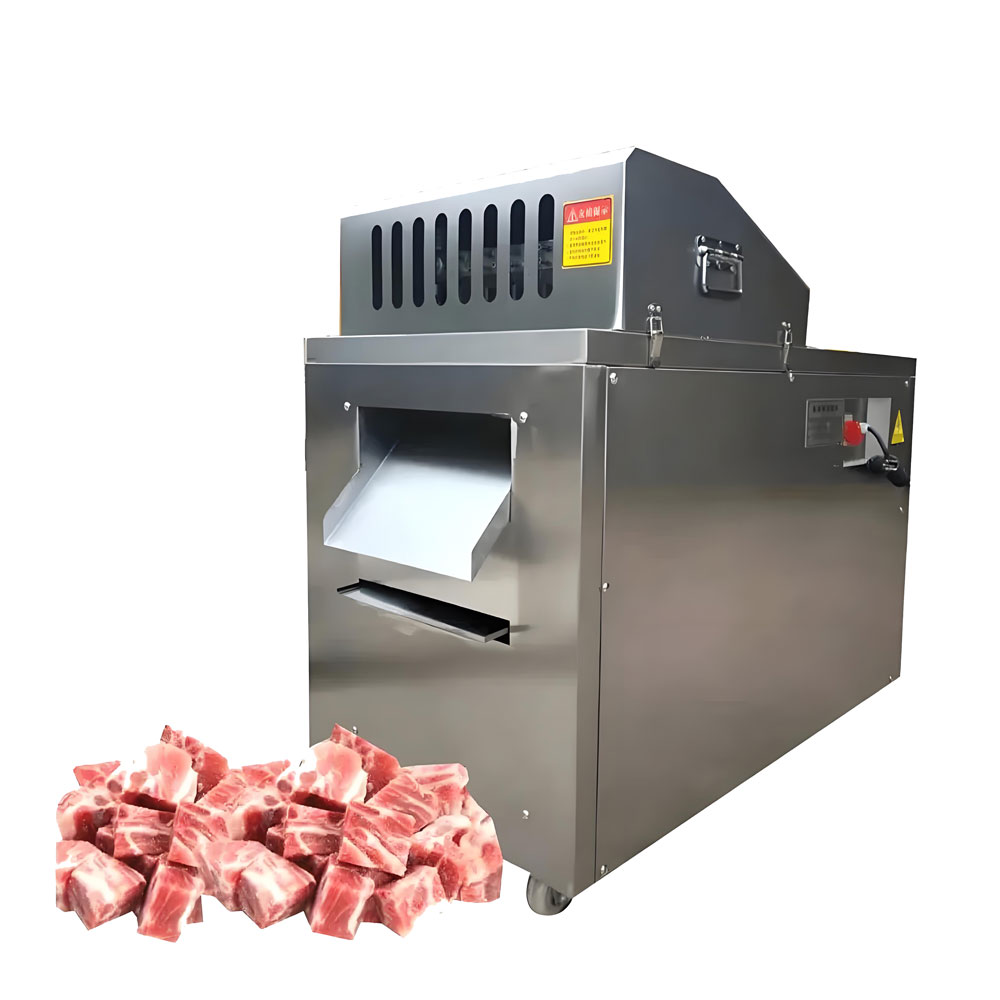
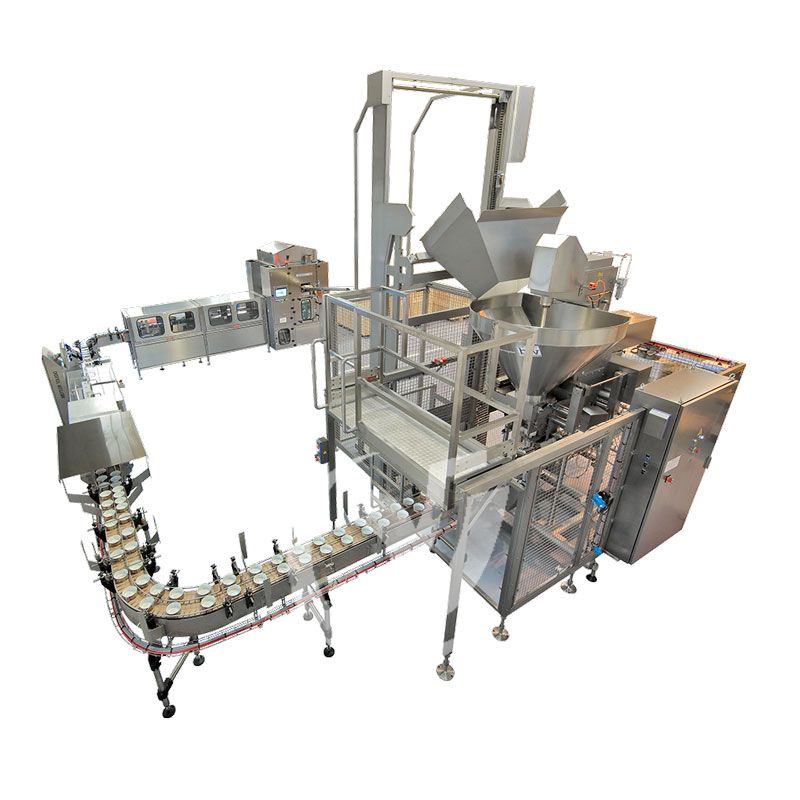


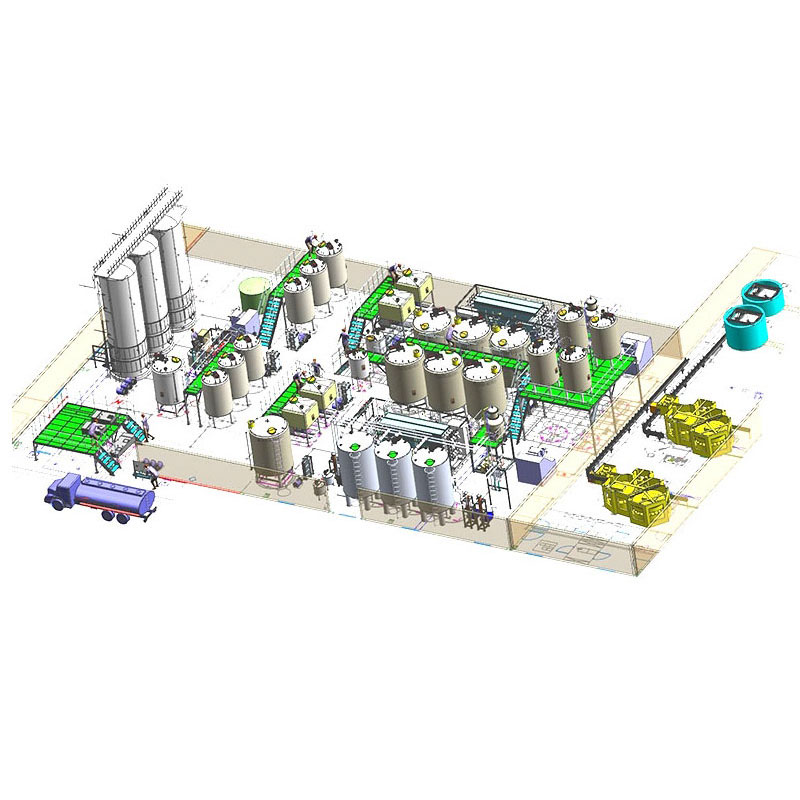

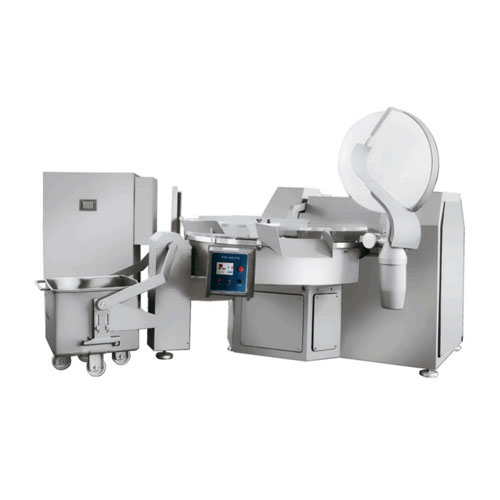
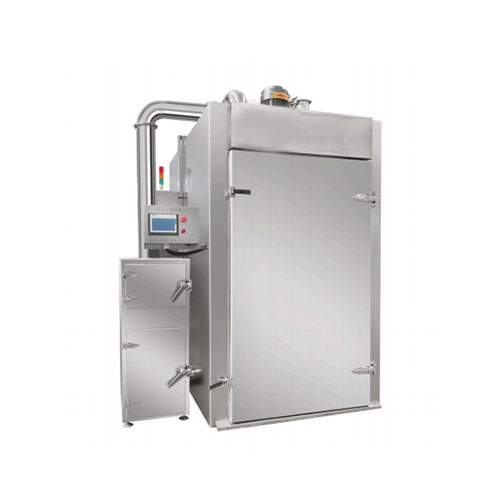
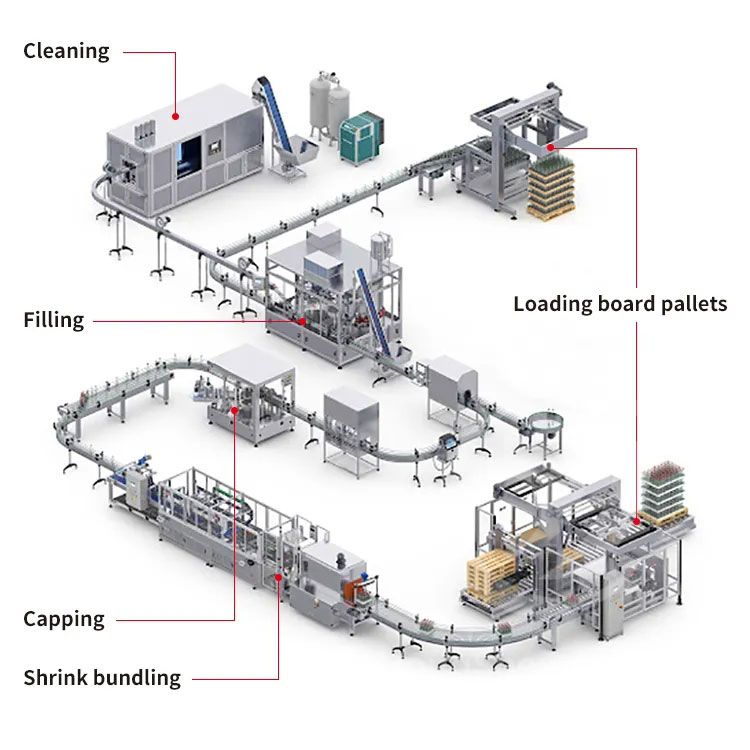 Aseptic Canning Production Line Equipment
Aseptic Canning Production Line Equipment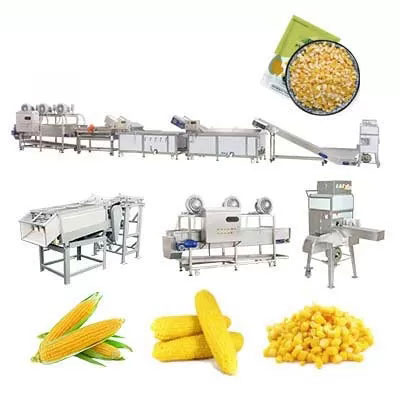 Sweet Corn Canning Production Line
Sweet Corn Canning Production Line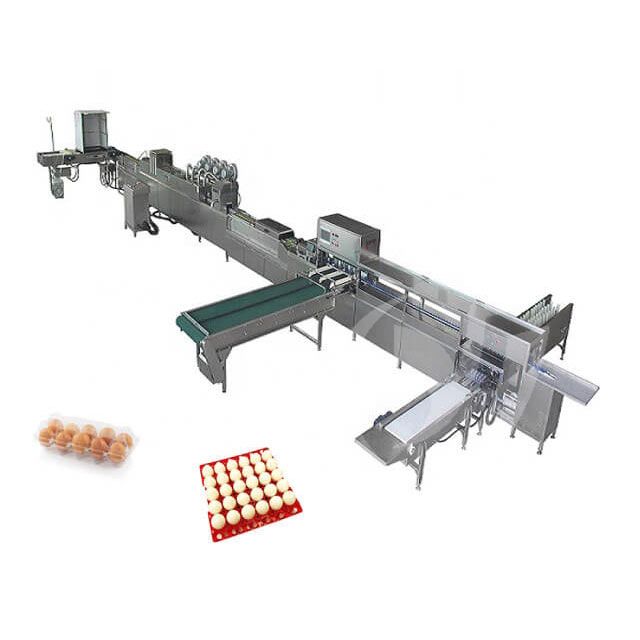 Egg Canning Production Line
Egg Canning Production Line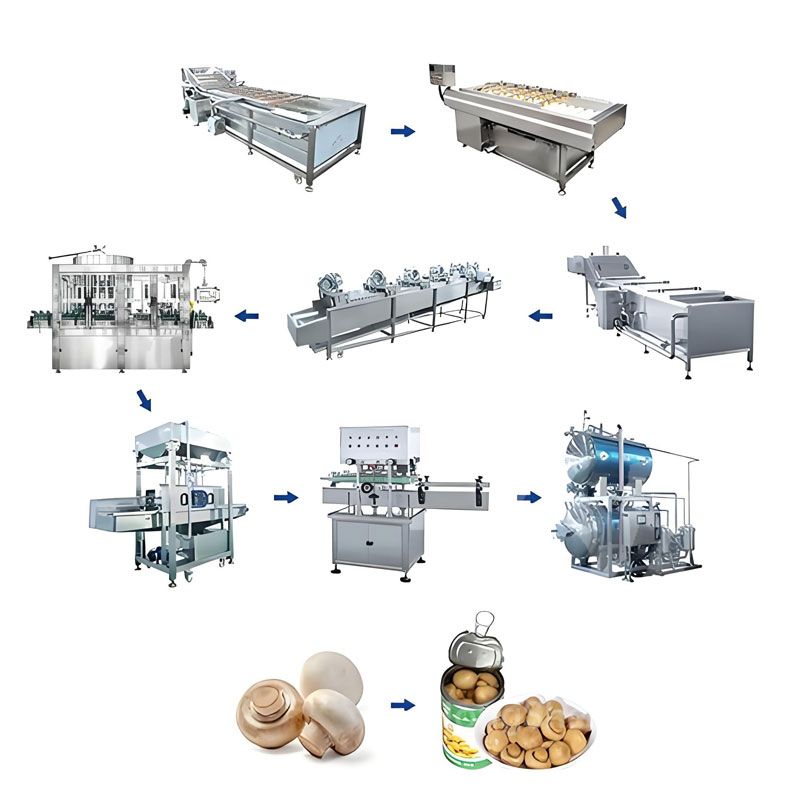 Button Mushroom Canning Production Line
Button Mushroom Canning Production Line
Ready to Get Started?